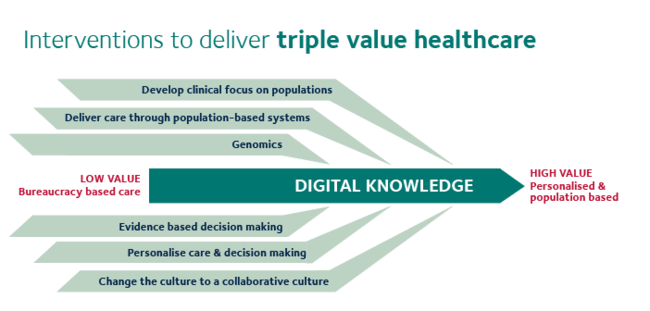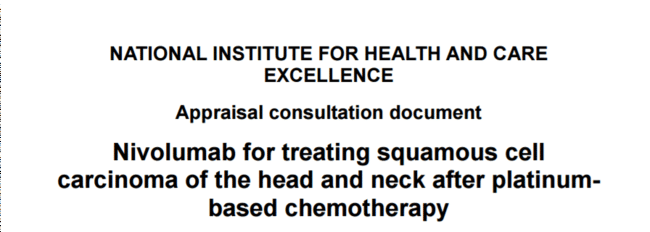Has the NHS put the CAR-T before the horse?
CAR-T is going to be made available on the NHS for children who have an advanced form of a blood cancer, acute lymphoblastic lymphoma, that has not responded to other treatments. The BBC reports that an estimated 15 children a year will be eligible to receive the treatment, which works by extracting, editing and re-purposing the child’s own immune system. This treatment is exceptionally expensive, both for the drugs themselves and for the extra care patients require as a result. The treatment has been reported as costing upward of $300,000, with care costs topping $1 million in the USA. While care costs are usually substantially lower in the NHS, this will still be a very expensive treatment.
So if it is being made available on the NHS, does that mean it’s cost-effective? In a word, maybe. Realistically, probably not. Under the health economic model of cost-effectiveness, if the NHS...


